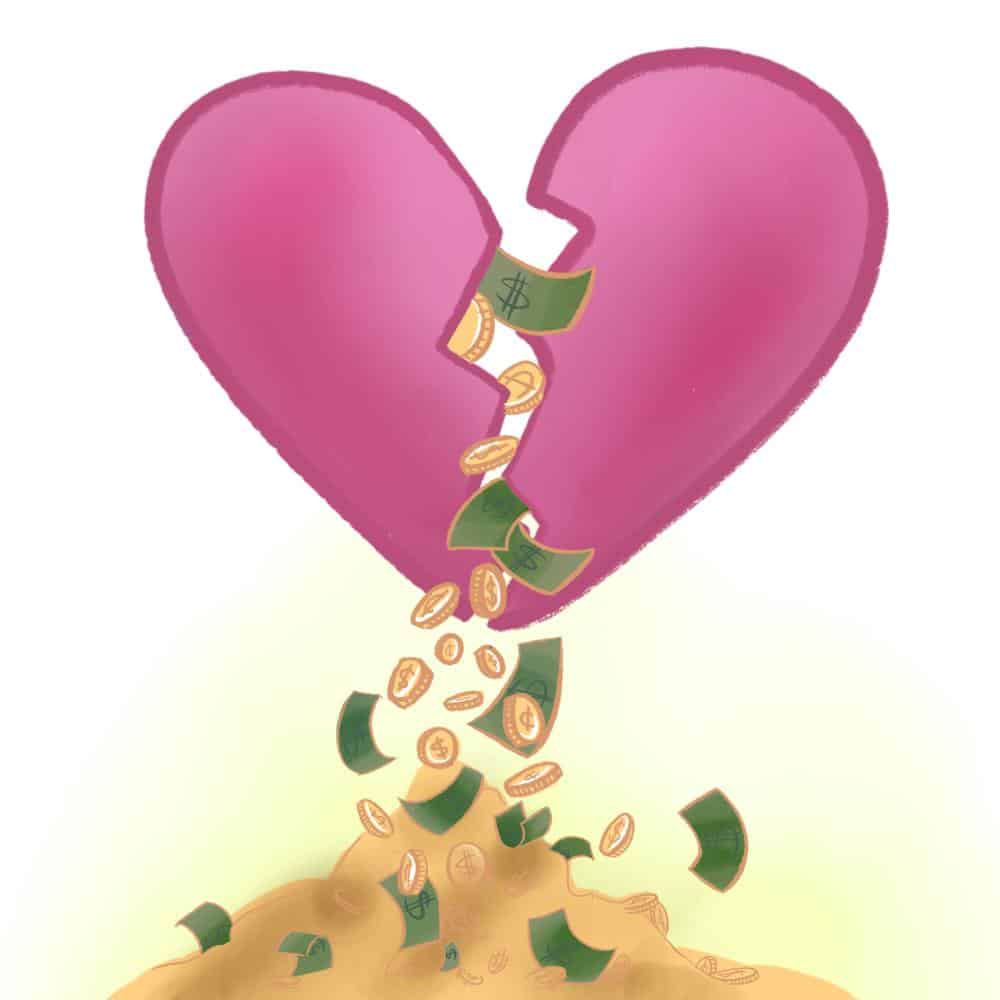If you watch enough Hallmark movies, then you’ll come to associate chocolate, a candlelit dinner, and a couple exchanging gifts with the quintessential Valentine’s Day. If you watch the markets and the stores raising prices, however, you’ll see it for what it truly is: a celebration of capitalism.
In the US, spending on Valentine’s Day is expected to exceed $20 billion USD this year, according to the National Retail Federation. It is also the fourth most lucrative event on the retail calendar.
The average American consumer will spend approximately $162 USD on Valentine’s Day. That is about two full days of minimum wage work.
The worst part is that corporations make people in relationships feel obligated to spend more than they can afford on gifts and fancy dinners.
Compared to their southern neighbours, Canadians generally don’t spend that much, but what does seem consistent in Canada as the US is that more people want to receive Valentine’s gifts than people who are willing to spend on gifts.
According to Google Trends, one of the most popular related search queries for “valentine’s day” in Canada is “single on valentines day meme.”
That must mean something. Honestly, who doesn’t want to feel loved and appreciated?
Marketing teams know this and prey on it. In the weeks leading up to Valentine’s, advertising usually becomes more gendered and prices go up.
Take Bath & Body Works for example. Its website features a huge banner ad with the words, “She’ll love love love you forever.” The focus on women for Valentine’s Day isn’t new, especially for brands with a predominantly female consumer base.
This aligns with the belief of 81 per cent of Statista survey respondents in Canada who “believe women tend to be more spoiled on Valentine’s Day.”
Valentine’s Day hasn’t always been a marketing ploy to suck money out of your pocket. Like many holidays, Valentine’s originates from a pagan festival, Lupercalia.
The ancient Roman festival took place in mid-February to celebrate the coming of spring. A ritual called for priests, known as Luperci, to sacrifice goats and a dog, then wipe blood off their foreheads with milk-soaked wool and laugh. It’s a bit more complicated than that, but the festival was supposed to make women fertile.
In later years, Pope Gelasius I replaced it with St. Valentine’s Day in honour of Saint Valentine, a priest who was martyred for marrying couples despite Emperor Claudius II’s orders. The truth of this story is unknown and there are many different variations, but, either way, for a holiday about love, its beginning is heavily rooted in death.
The act of giving valentines began in the fifteenth century with cards decorated with Cupid to stay within the Roman theme. Later this expanded to include candy and flowers, things we now typically associate with the holiday. Now the traditional rituals associated with Valentine’s drift from greetings cards to experiences and evenings out.
Valentine’s may not have begun as a capitalist construct, but corporate greed has turned it — like many other days — into a financial burden for many. While celebrating Valentine’s Day is a choice, businesses have already instilled a consumerist expectation on the day.
If you add it all up, think about how much money you could save being single.


